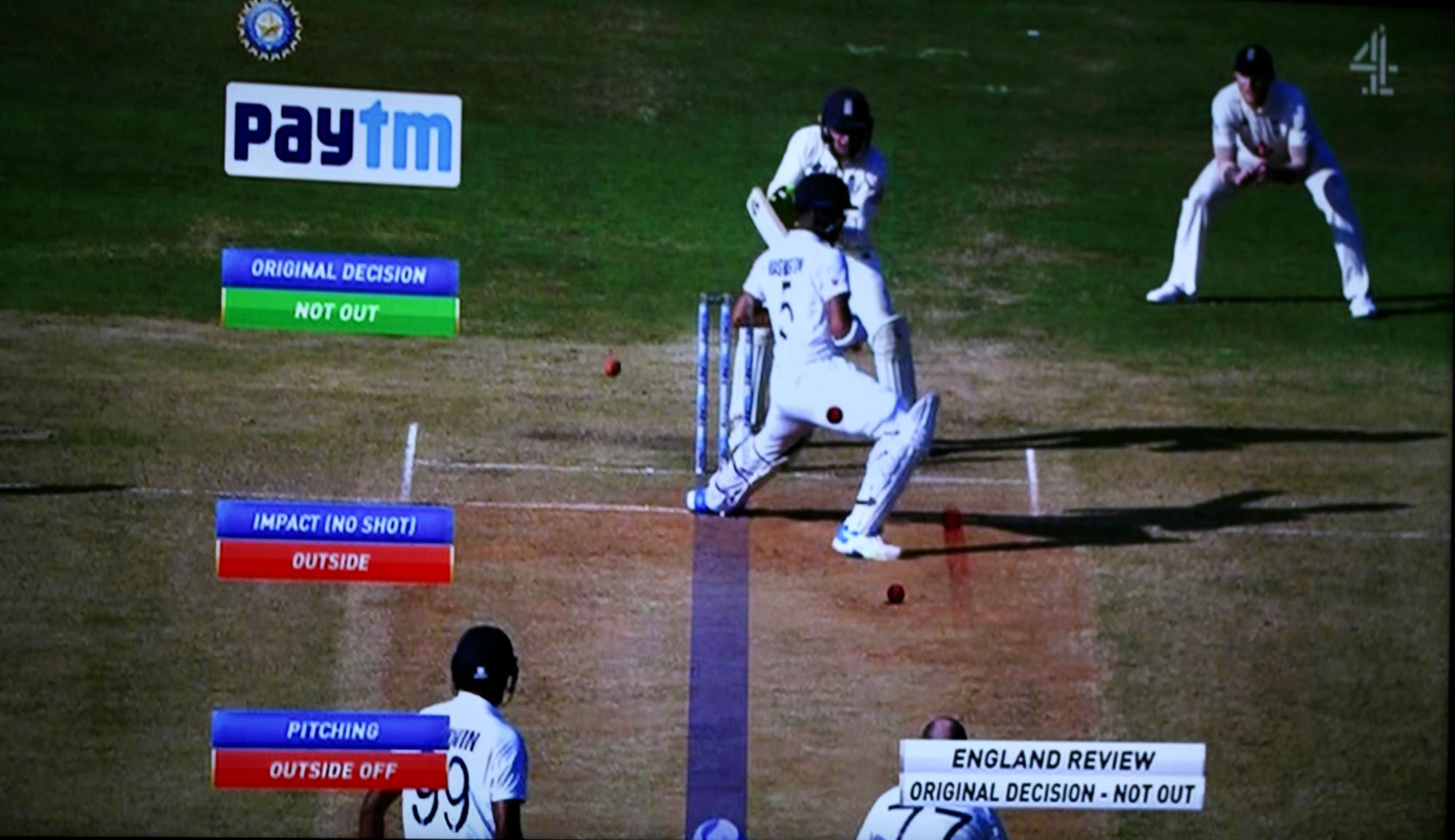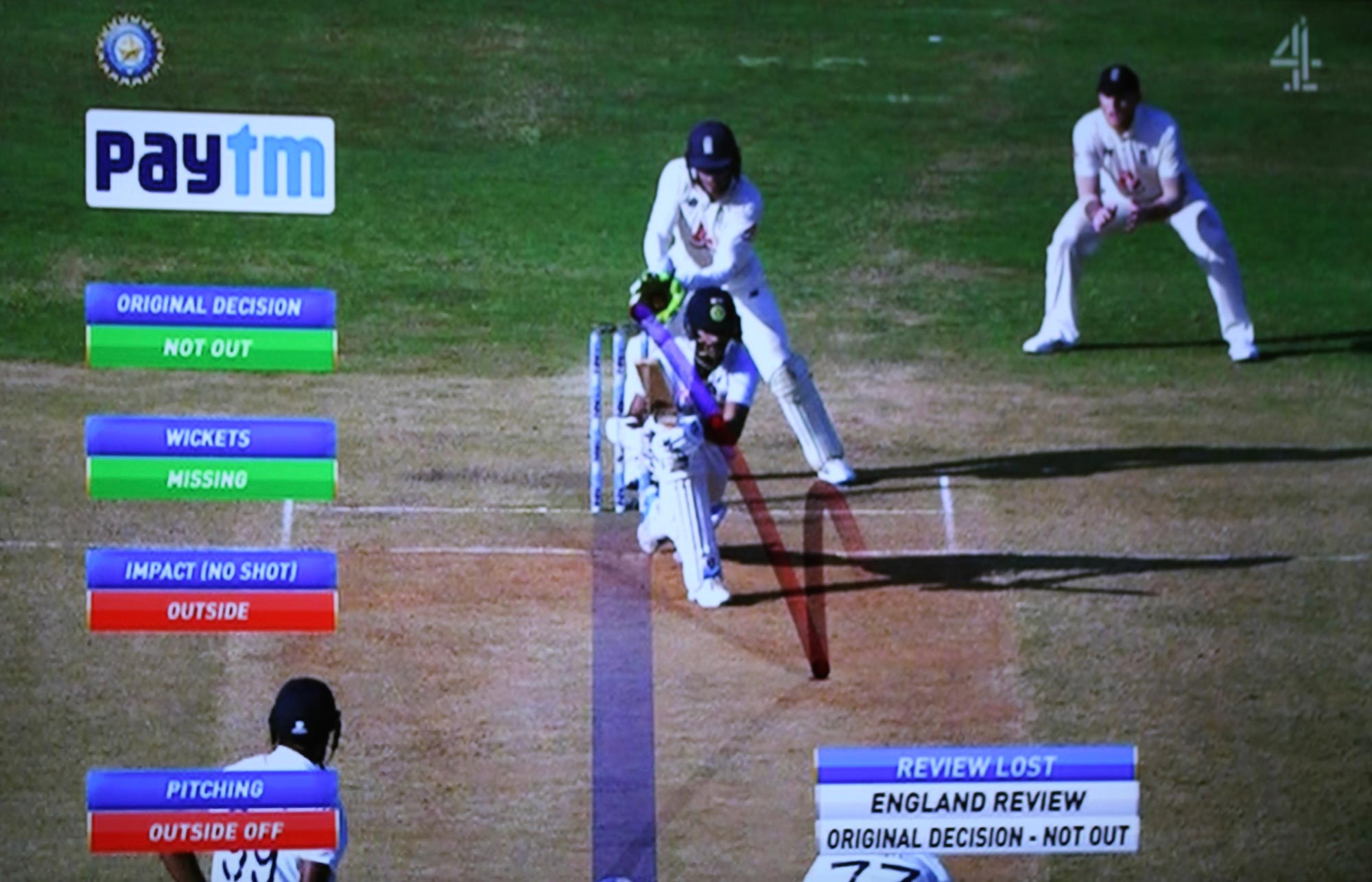I spent the morning watching the Channel 4 coverage of third day of the current Test Match between India and England in Chenai; and the afternoon watching BBC’s broadcast of the Six Nations rugby match between Wales and Ireland in Cardiff. The Indian weather was hot and humid; the Welsh much cooler. Covid has prevented any spectators except for match officials. In Chenai no-one wore masks; in Cardiff they did.
My photographs were all taken from the TV screen. I cropped all images for two reasons, namely to produce the pictures I wanted and to remove broadcast spoiler score information.
There are now many different forms of international cricket requiring different time spans and consequent paces of the game. Traditional Test Cricket ebbs and flows with changes of fortune over five days.
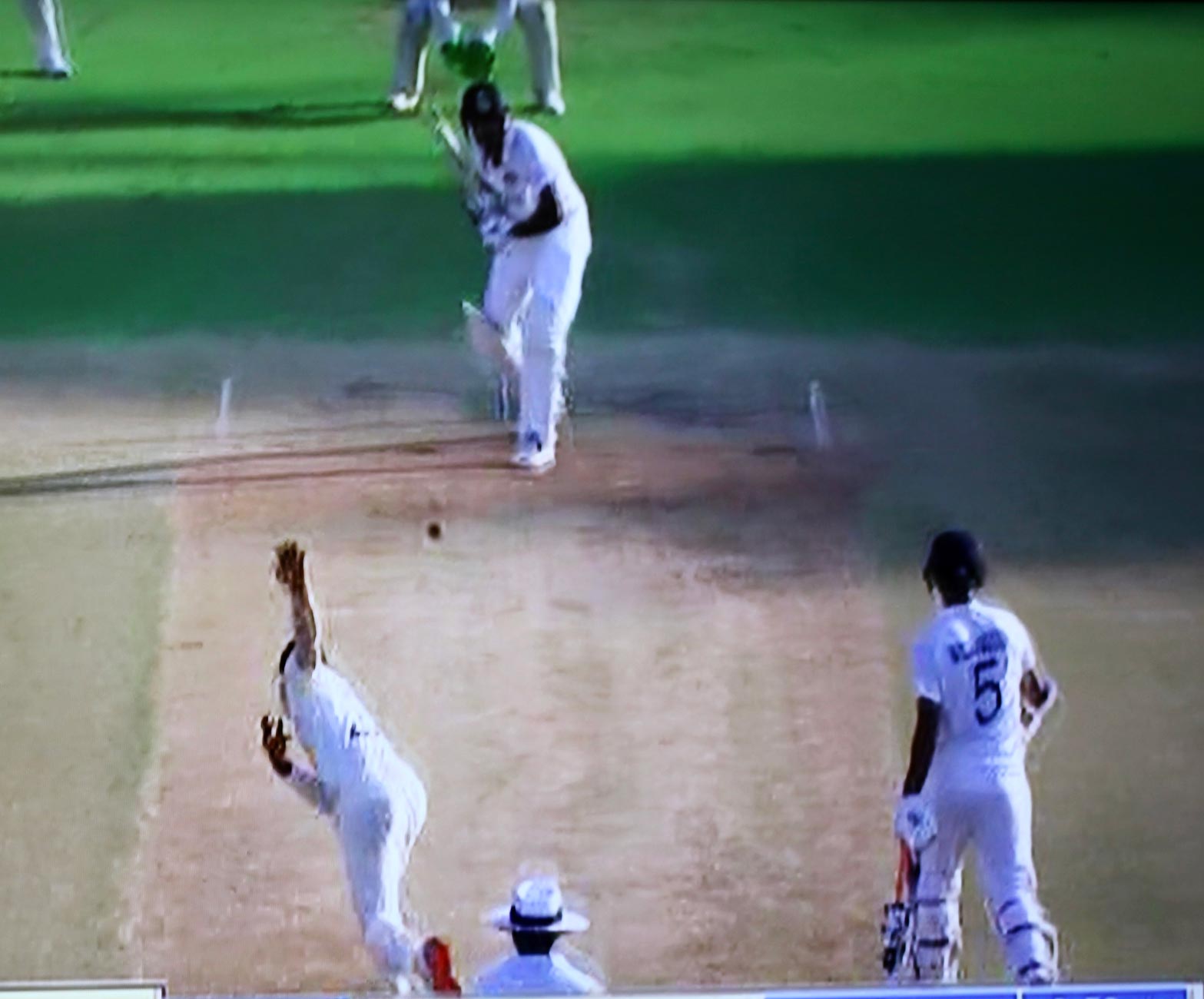
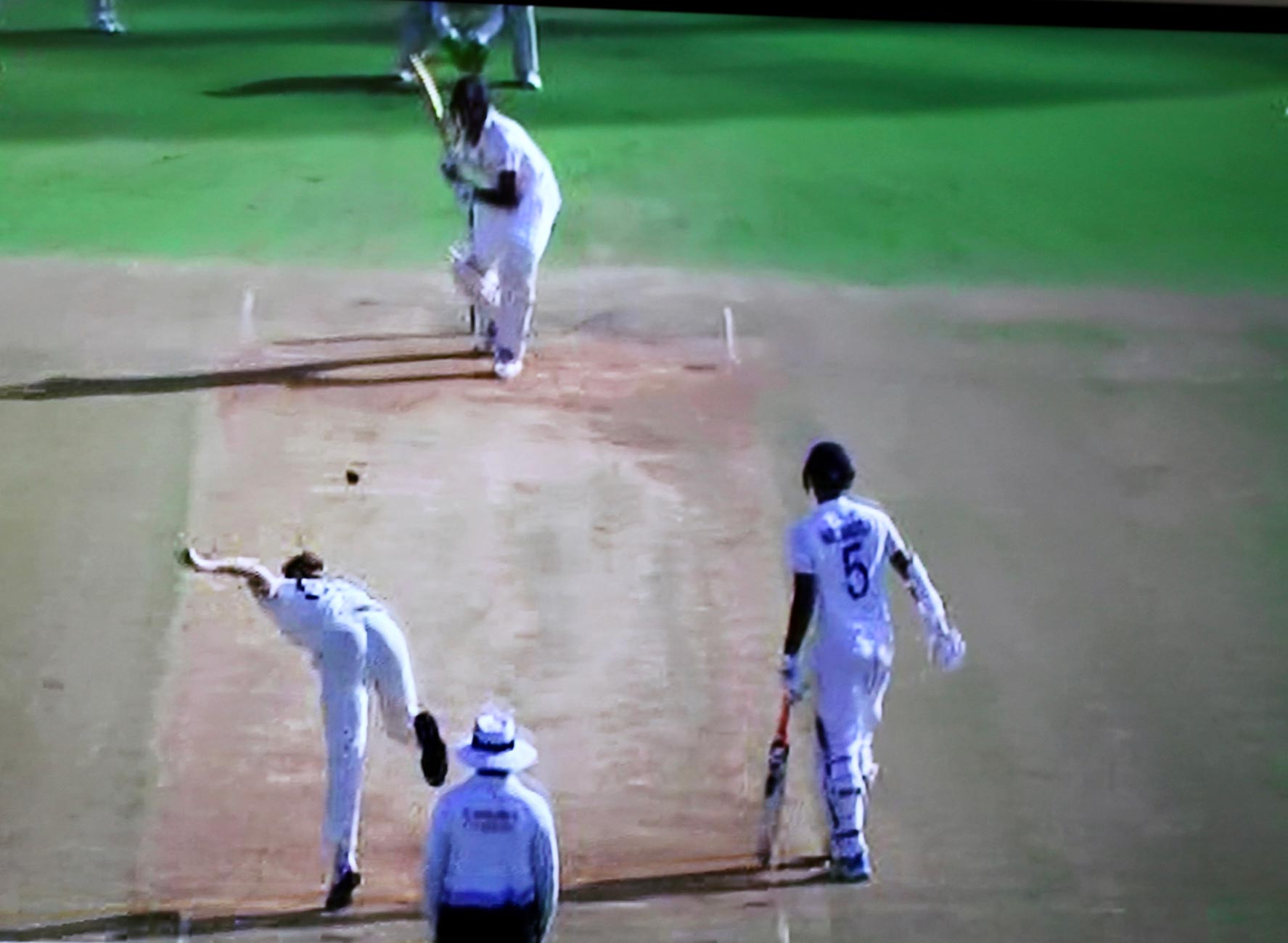
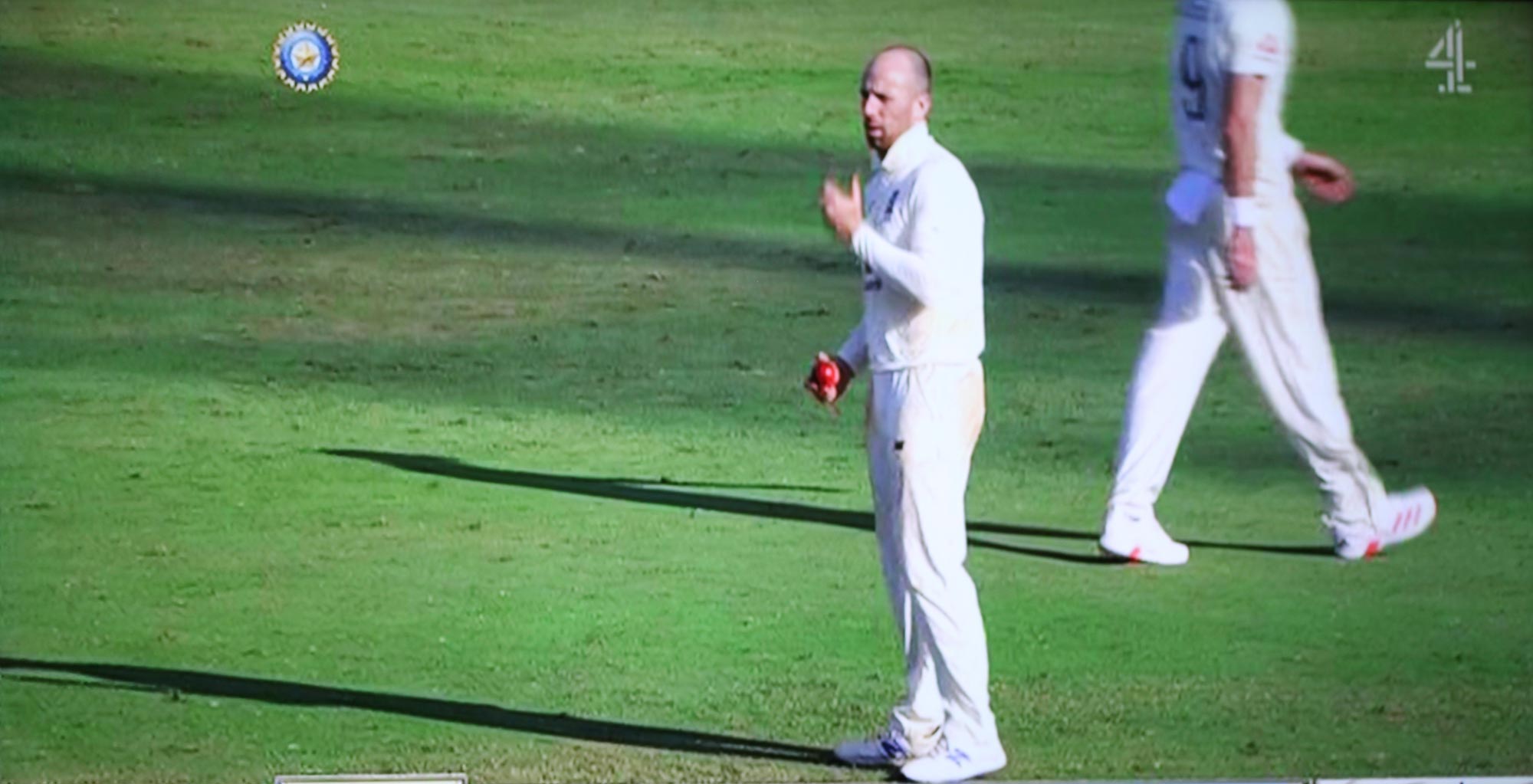
Bowlers bowl to batsmen; one batter receives the ball, the other stands at the bowler’s end ready to run to the other end, crossing with his partner to score one or more runs. The bowler aims to hit the stumps behind the batsman. The umpire in the white coat and hat is there to make decisions about dismissals.
Wicket keepers are equipped with special protective gloves, pads for their legs, and helmets for their faces. Slip fielders beside him have no such protection.
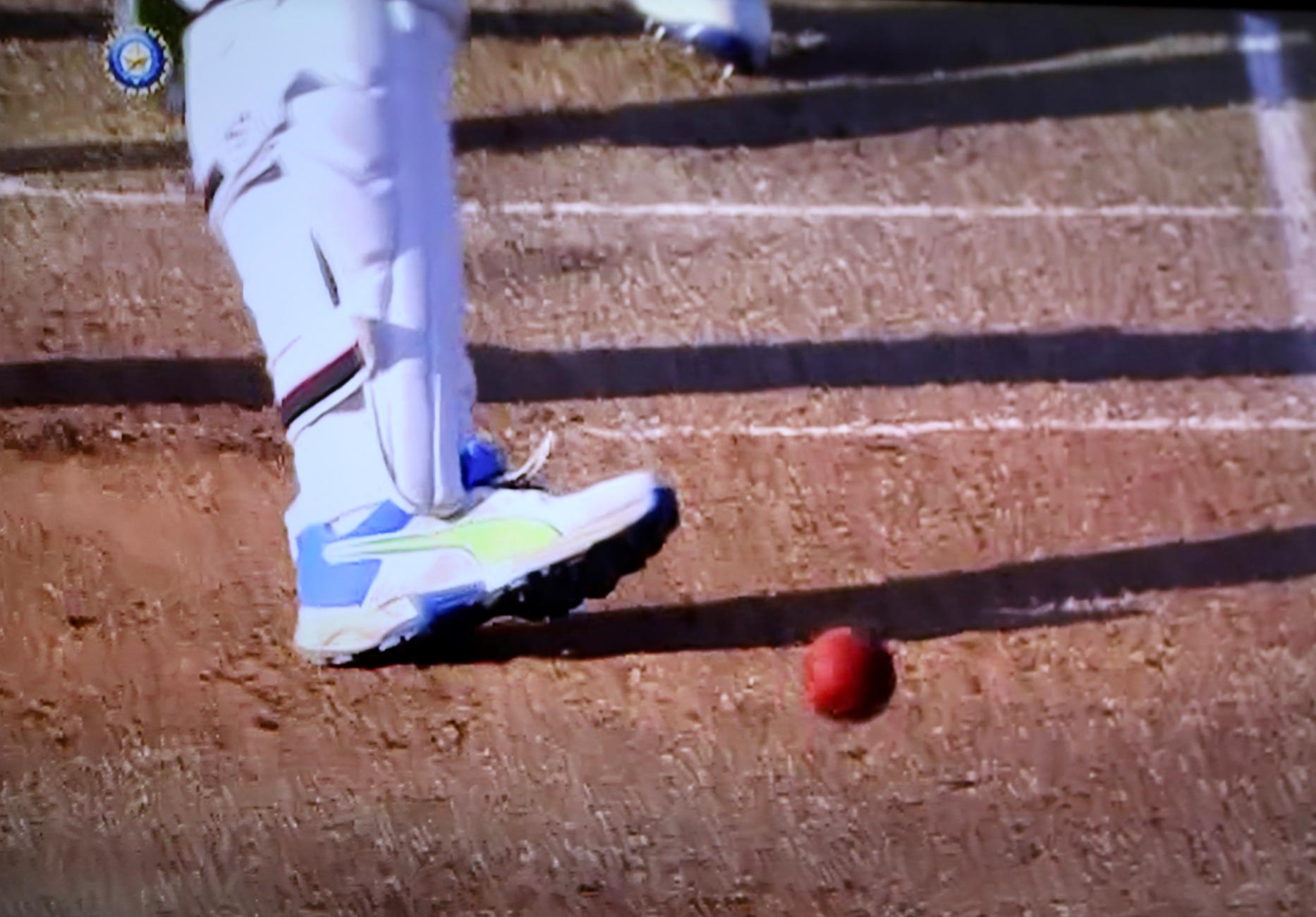

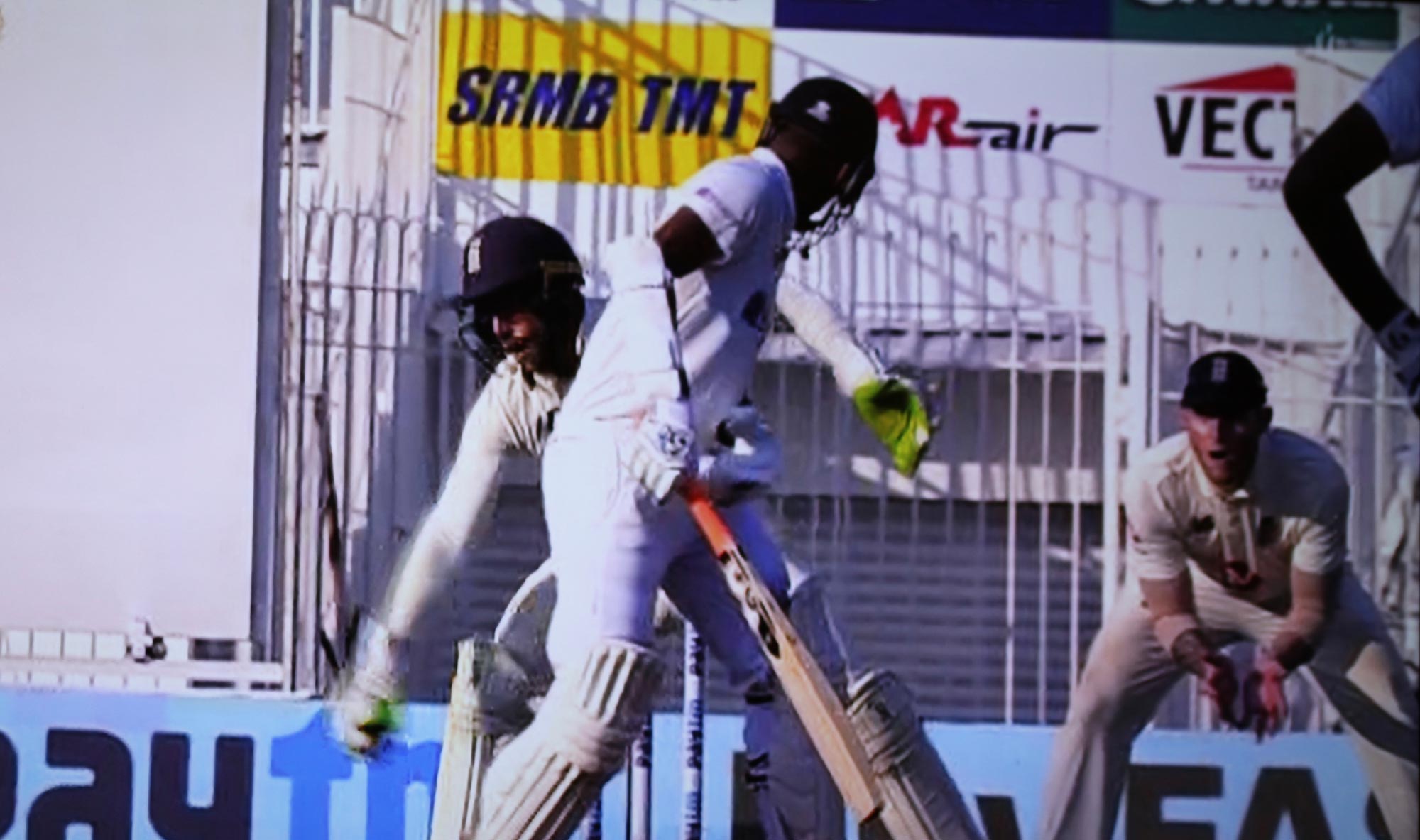
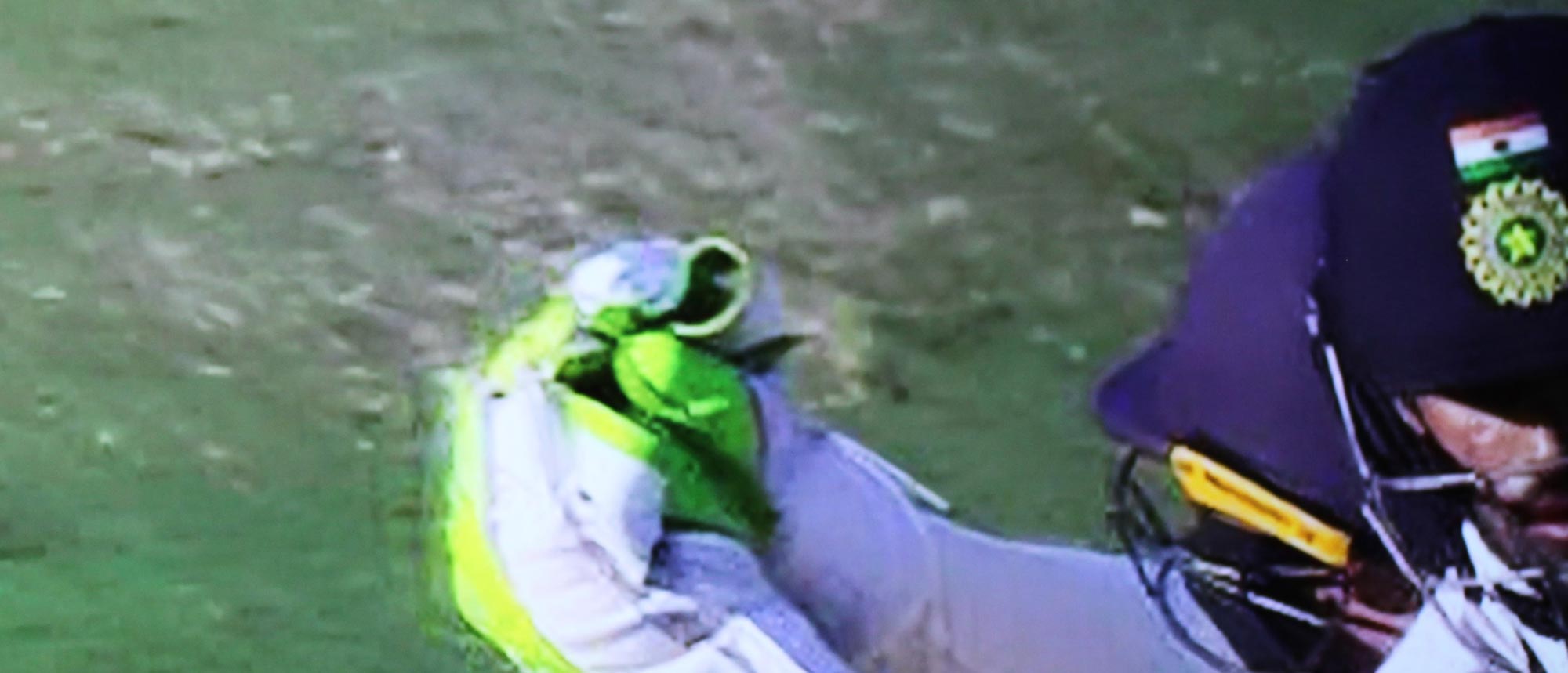
The essence of spin bowling is that the aim is to make the ball change trajectory after hitting the pitch. Throughout the Indian sub-continent the conditions are conducive to this method. Here Jack Leach has bowled ball seen about to land in the first picture; sends up a reddish dust cloud and takes a path behind the batsman’s front leg in the next; eventually ending up in the wicket keeper’s gloves. Had this hit the bat on the way through the man would have been out.

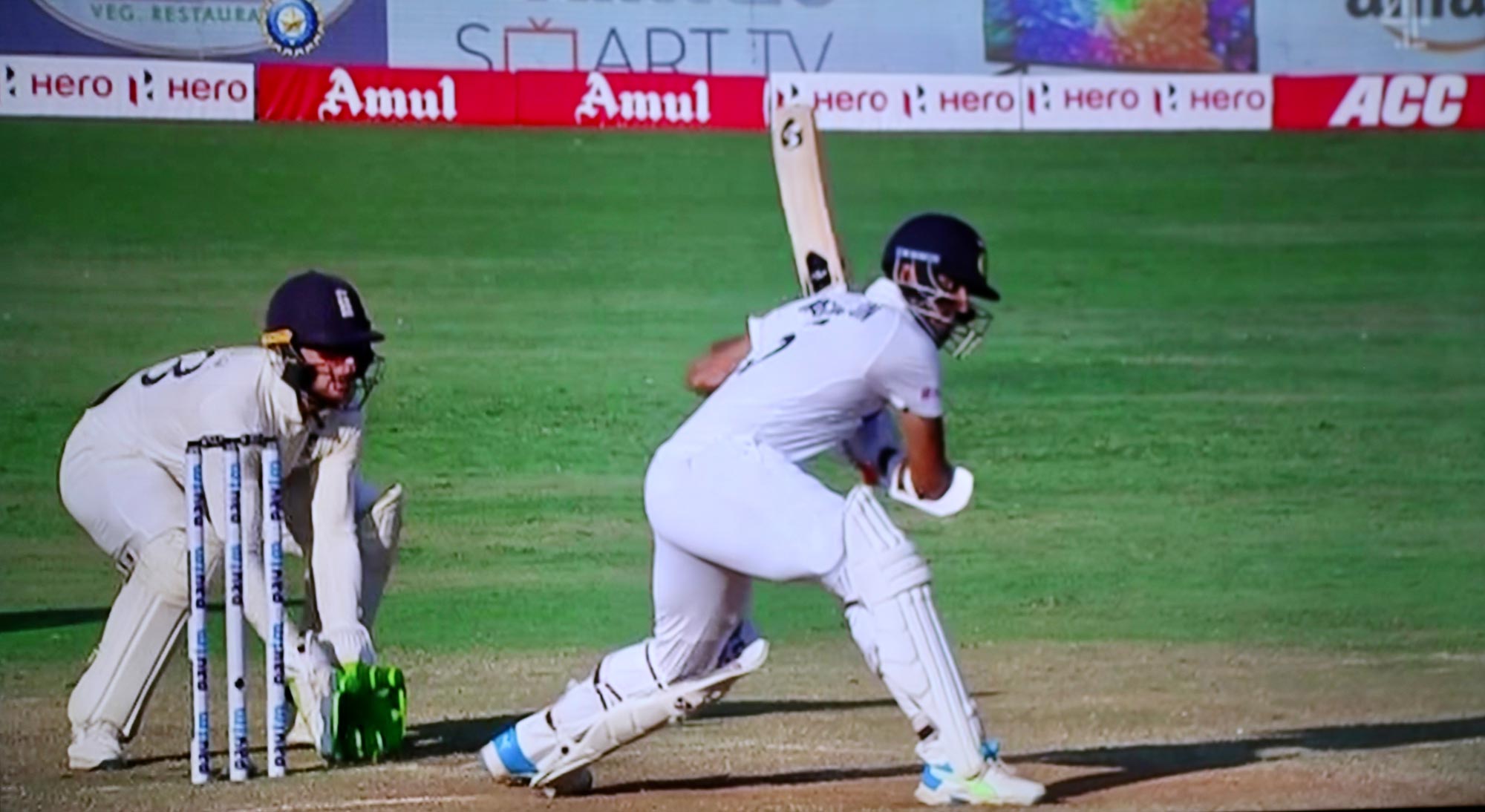
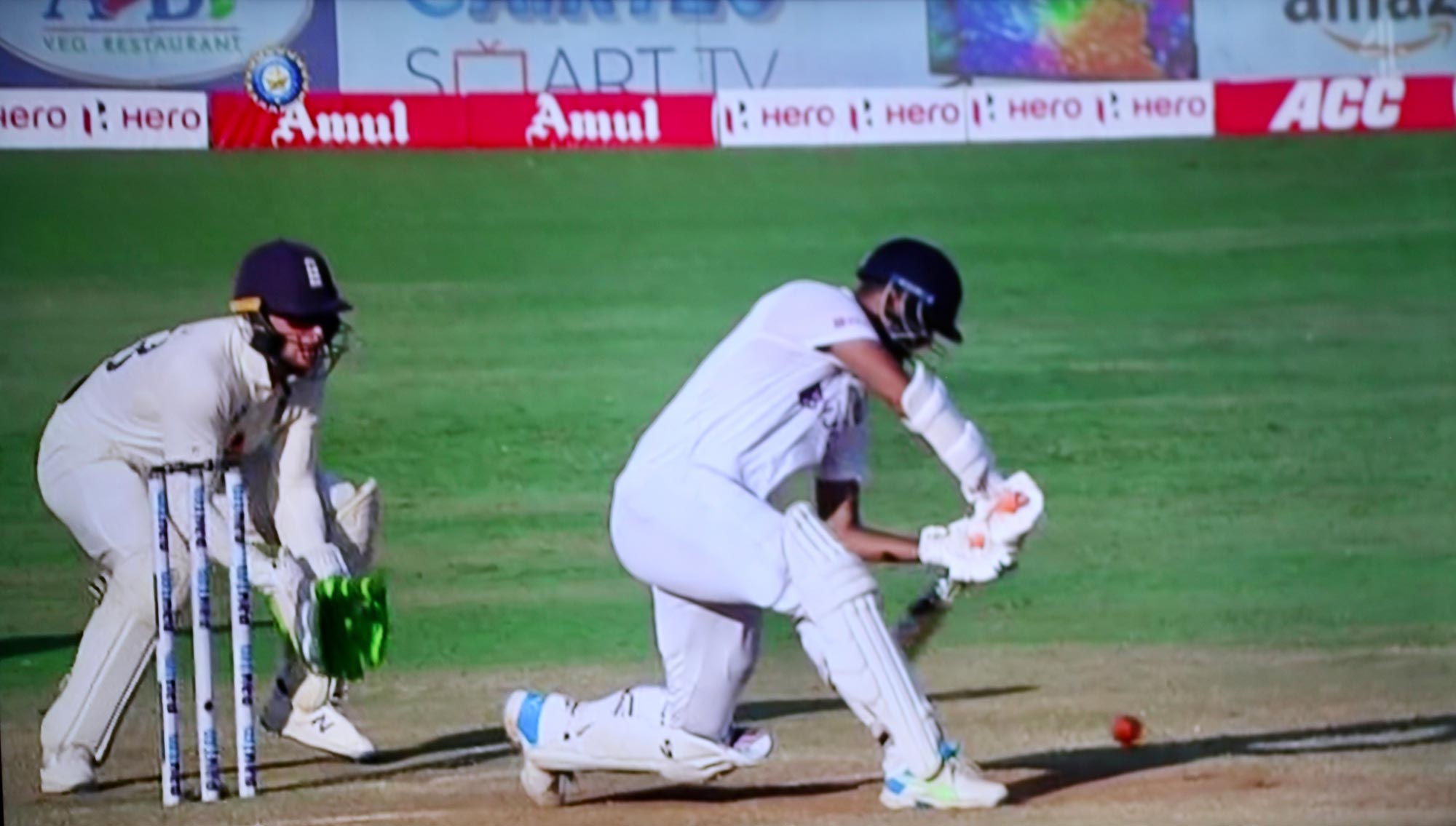
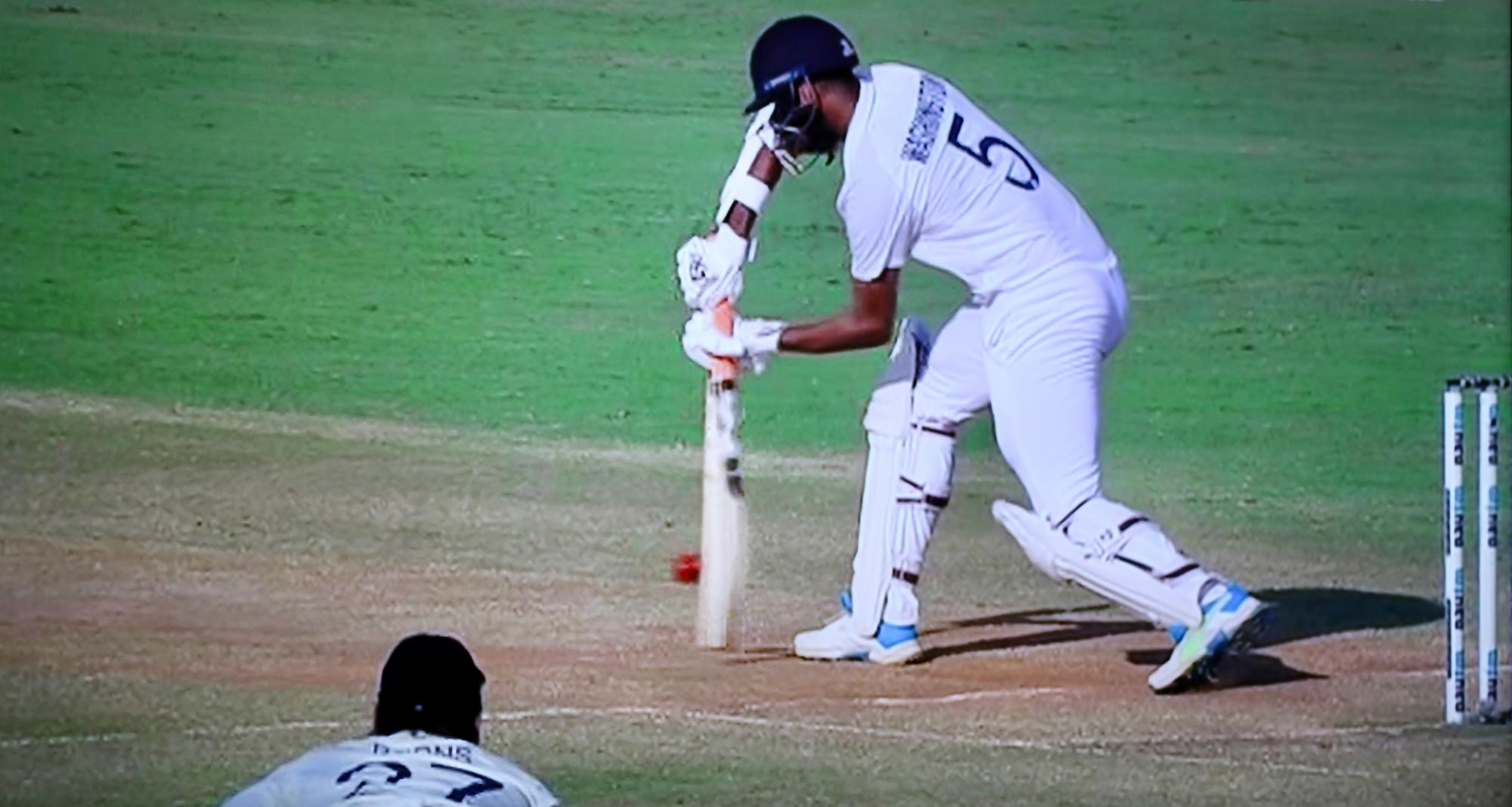
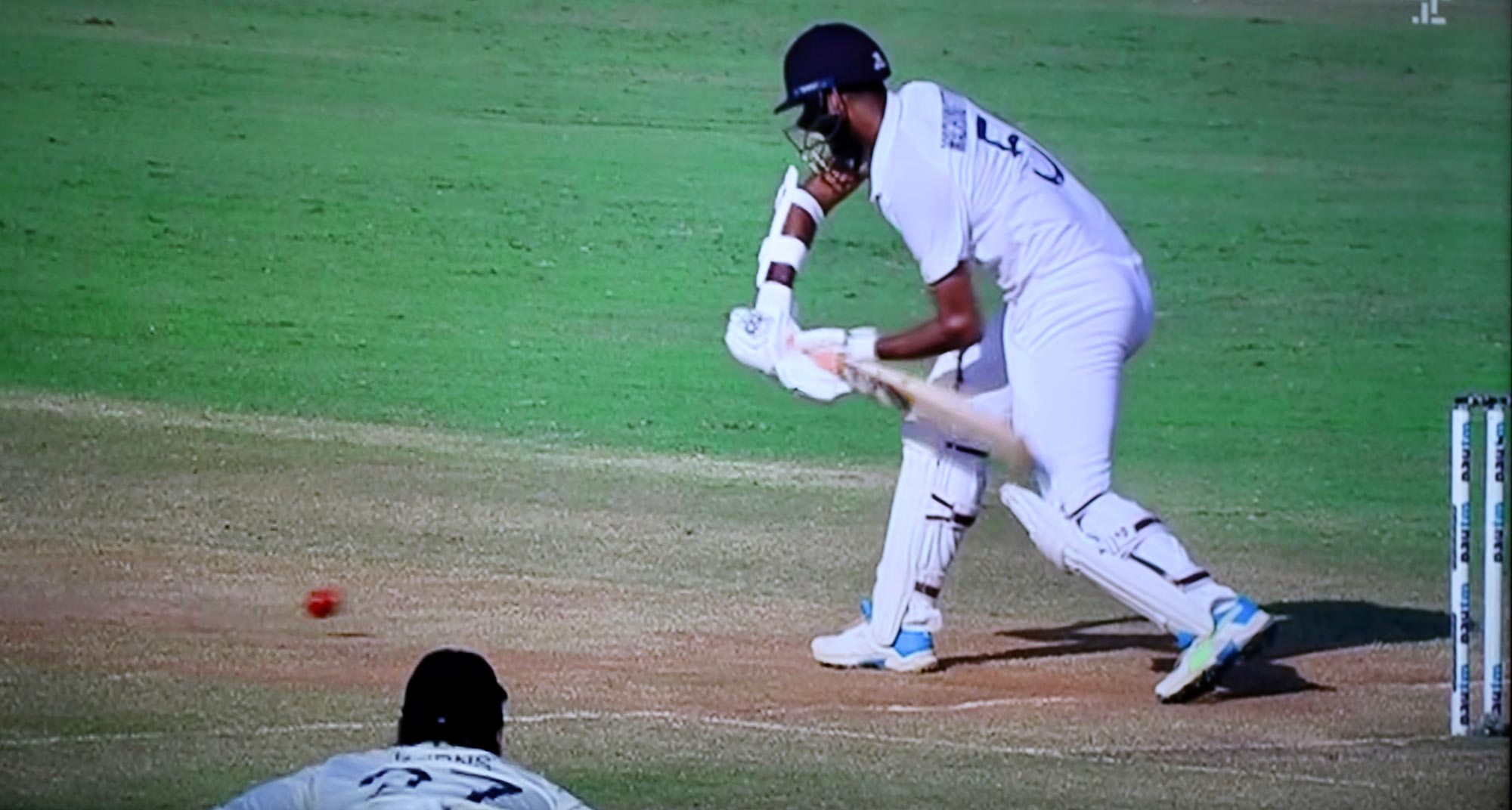
Batting technique is very important.
There are other ways than being bowled (when the stumps are hit by the ball) of being out or losing your wicket. If the ball is caught by a fielder without first hitting the ground the batsman is out, caught.
This is a quite phenomenally athletic dismissal close to the wicket.

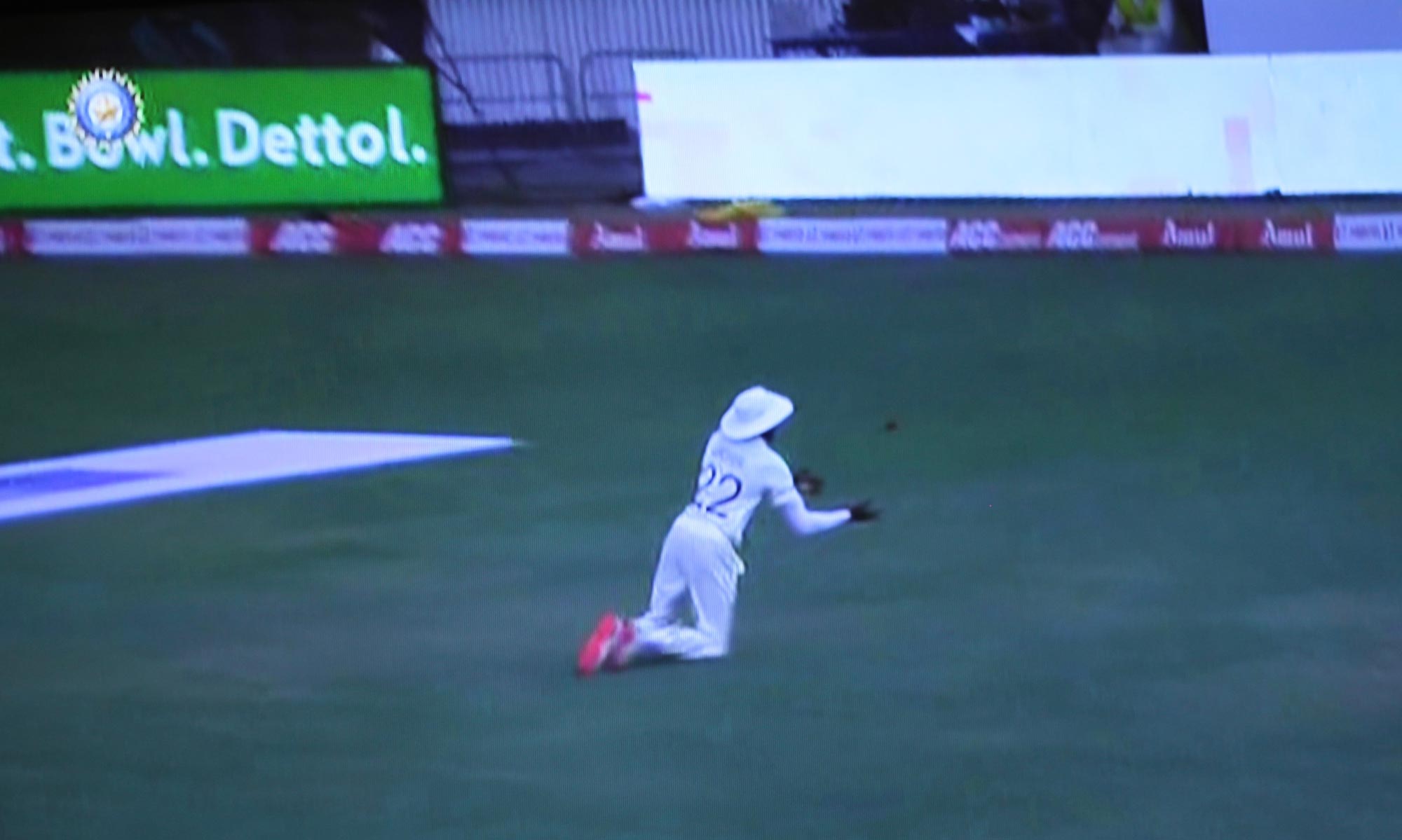
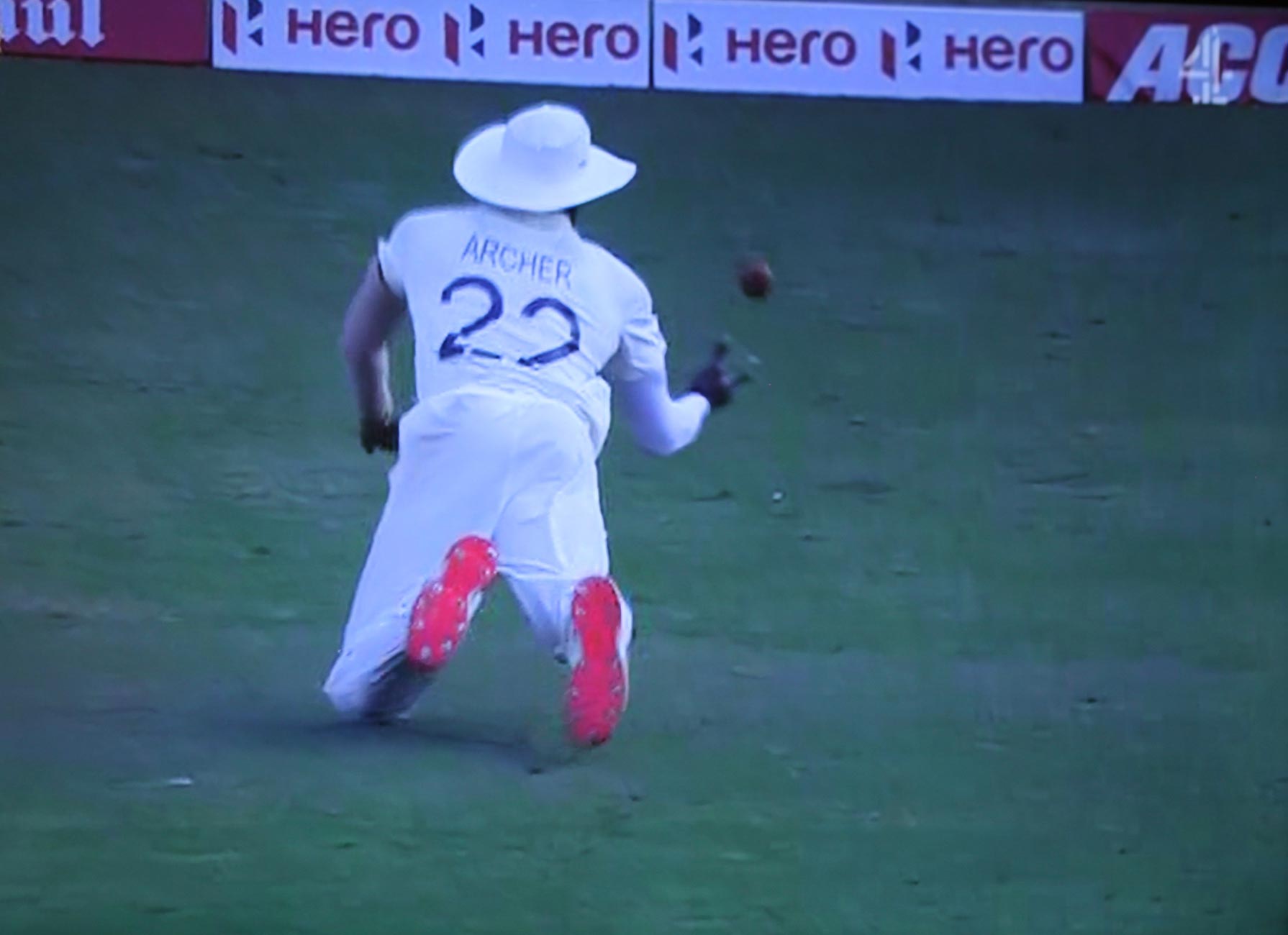
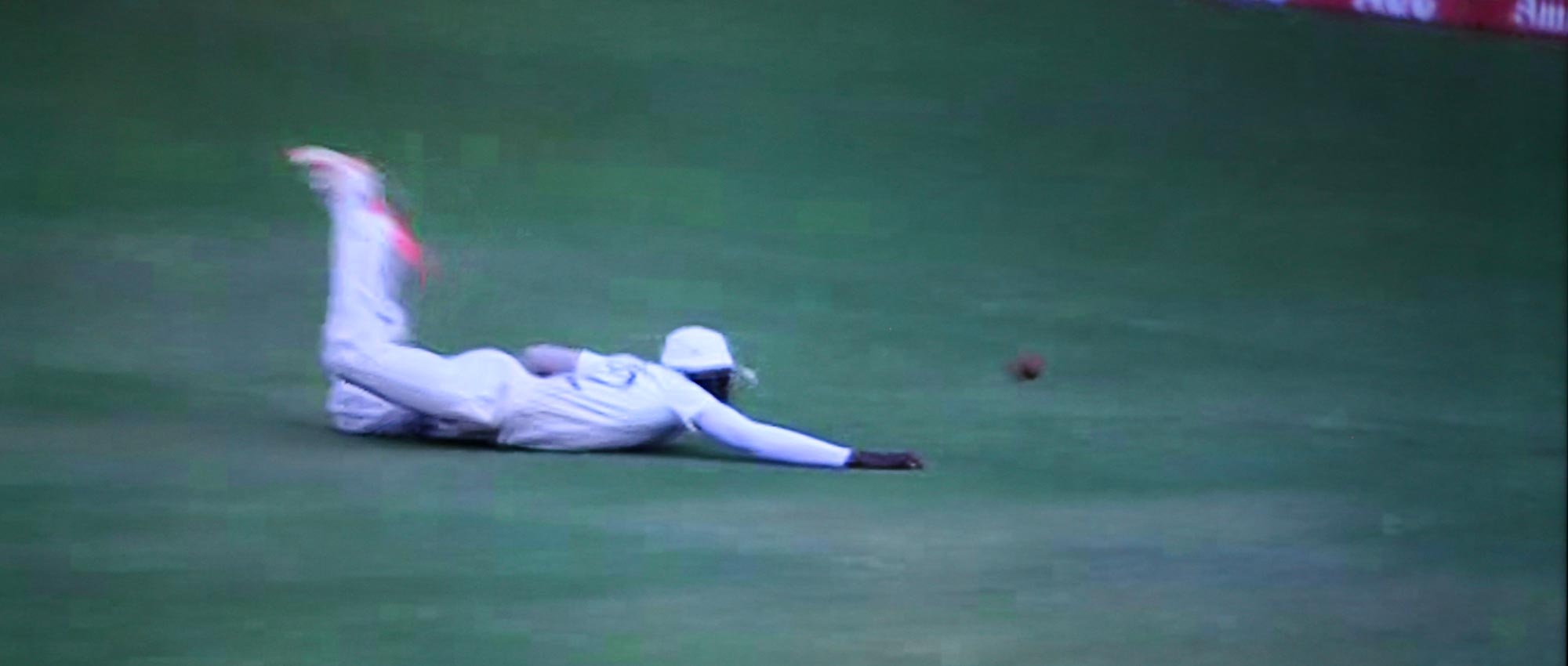
Had this one been held out in the deep field it would have been equally spectacular.
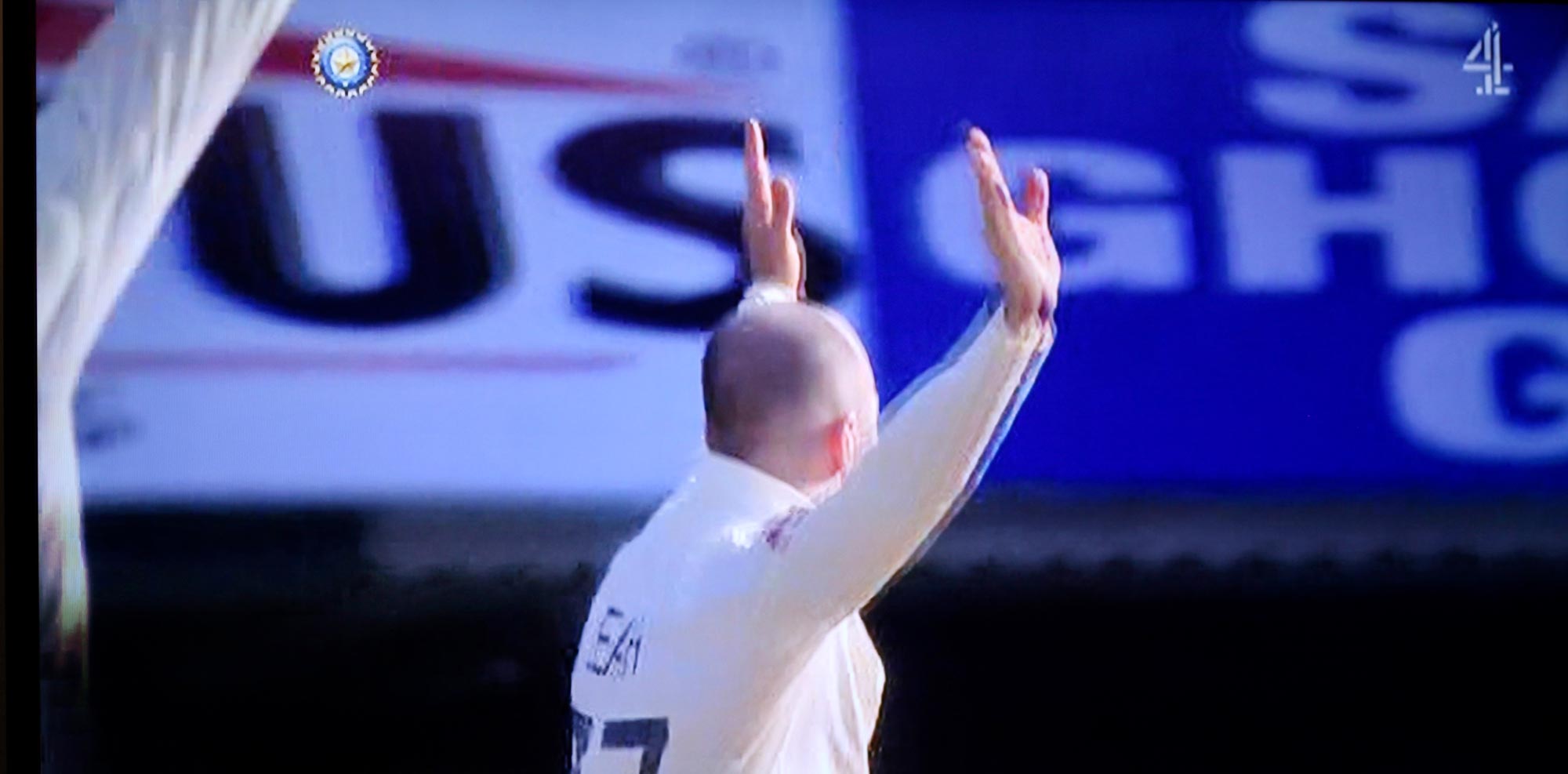
When appealing to the umpire to grant a dismissal, arms are uplifted with a cry of ‘Owzat’, or, as is the modern way shrieks and gesticulations.
We now have a third umpire equipped with the technology to check the on- field umpire’s decision.
Either the fielding captain or the batsman may ask for a review.

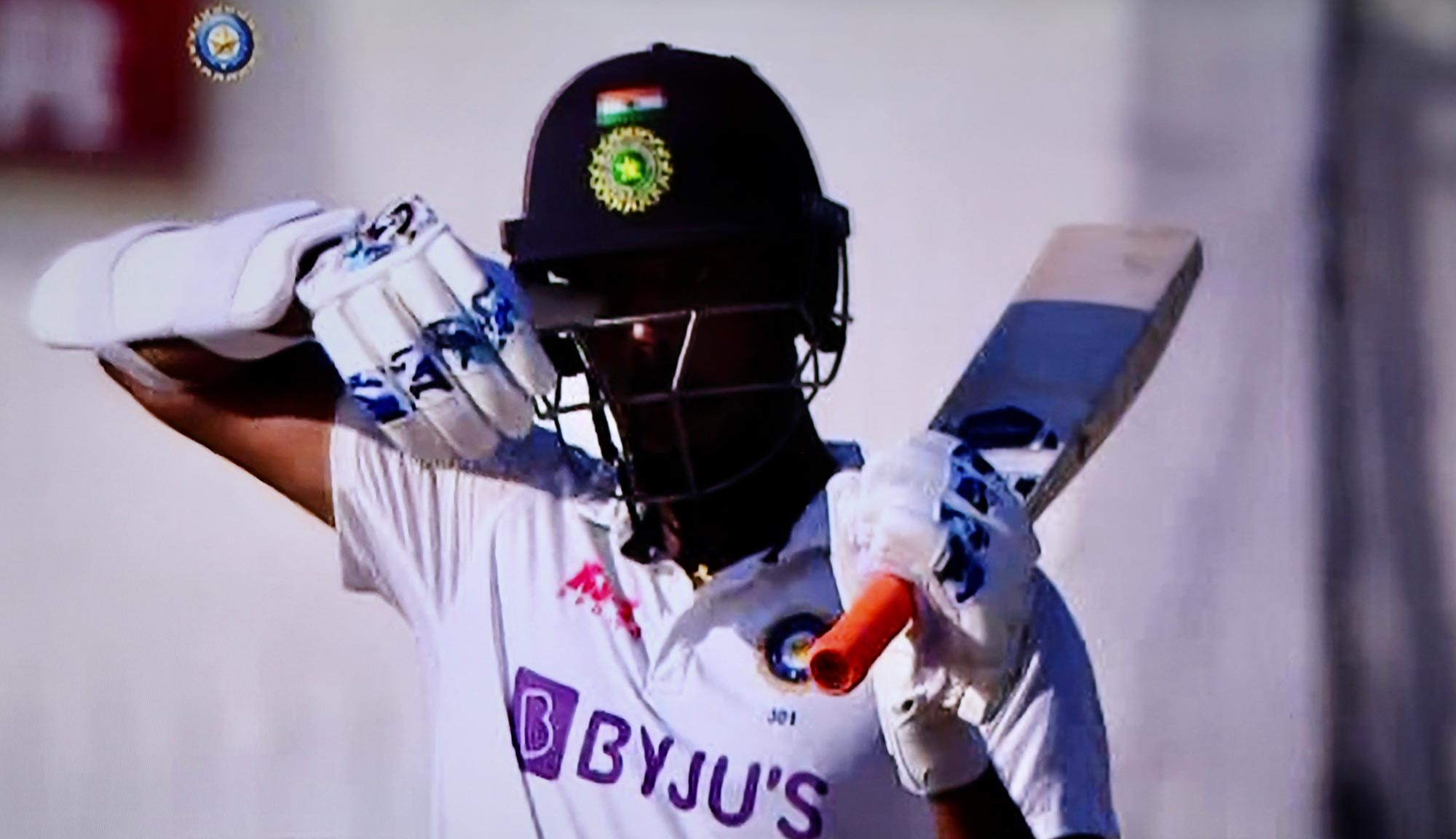

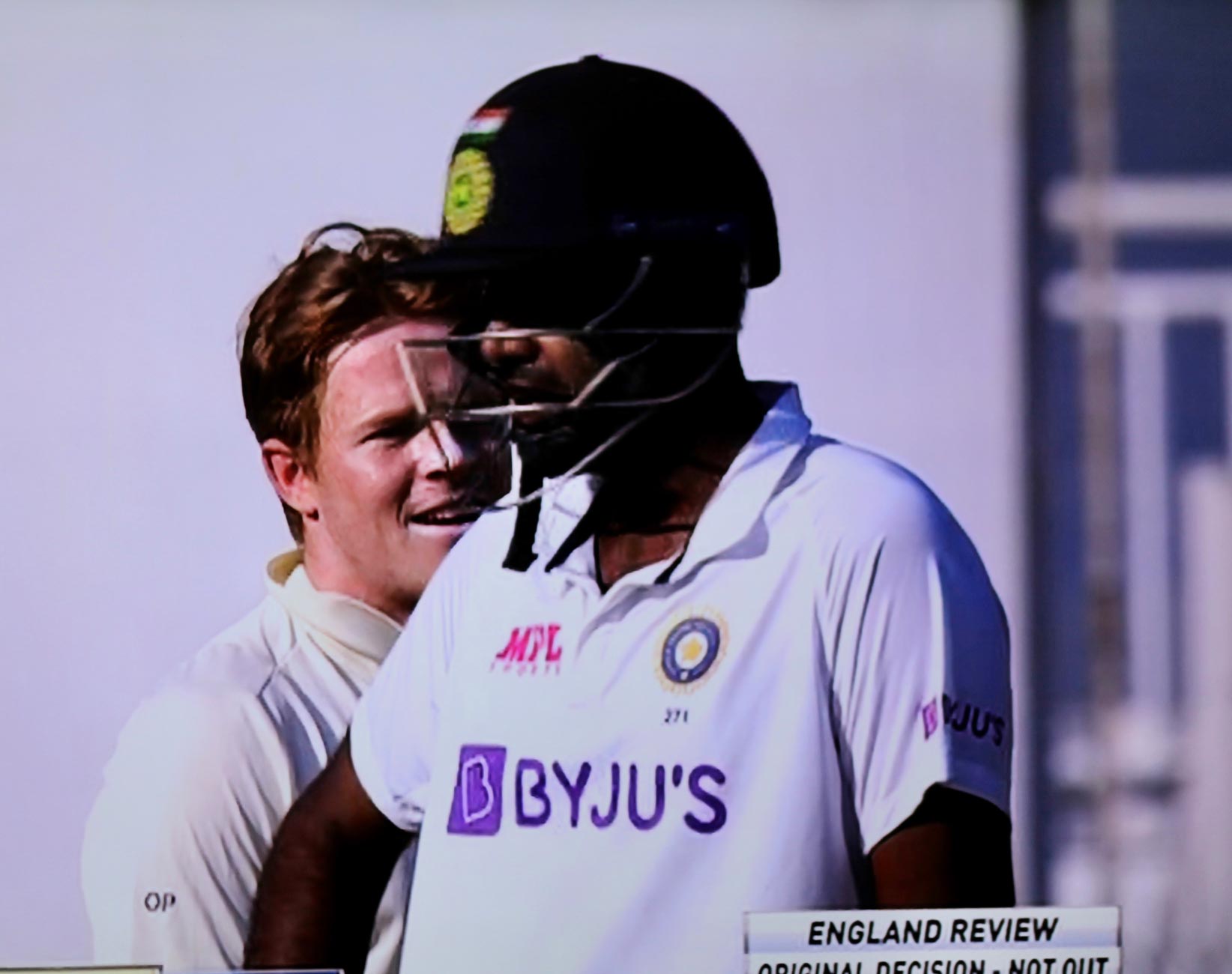
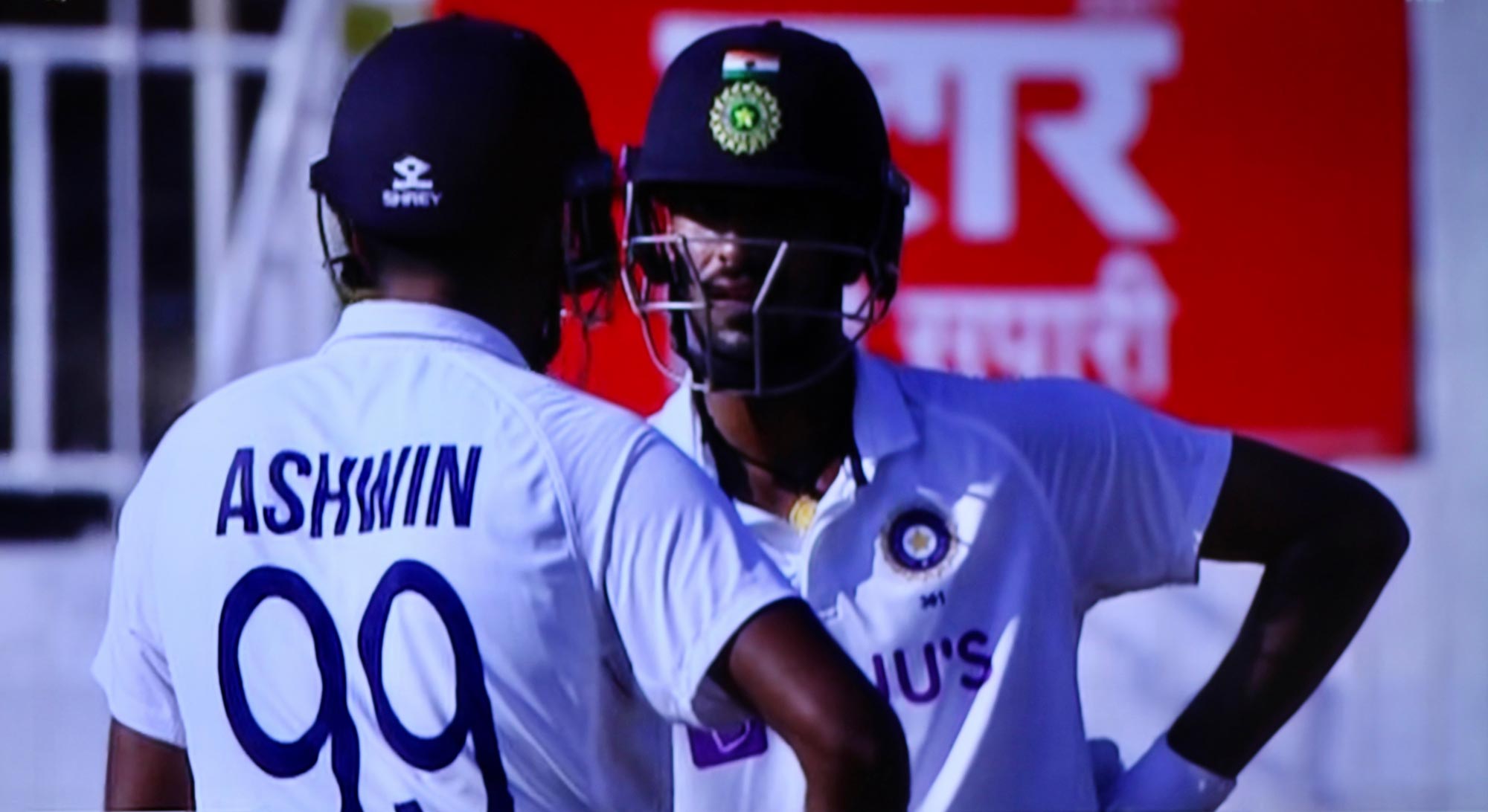

This offers the opportunity for waiting in anguish, for adjusting helmets, discussing tactics, or tightening boot studs.
Here are views which aid the third umpire’s deliberations. The second picture tracks the anticipated path of the ball in order to estimate whether it would have hit the stumps.
Batsmens’ team mates watch keenly from the otherwise empty stands.
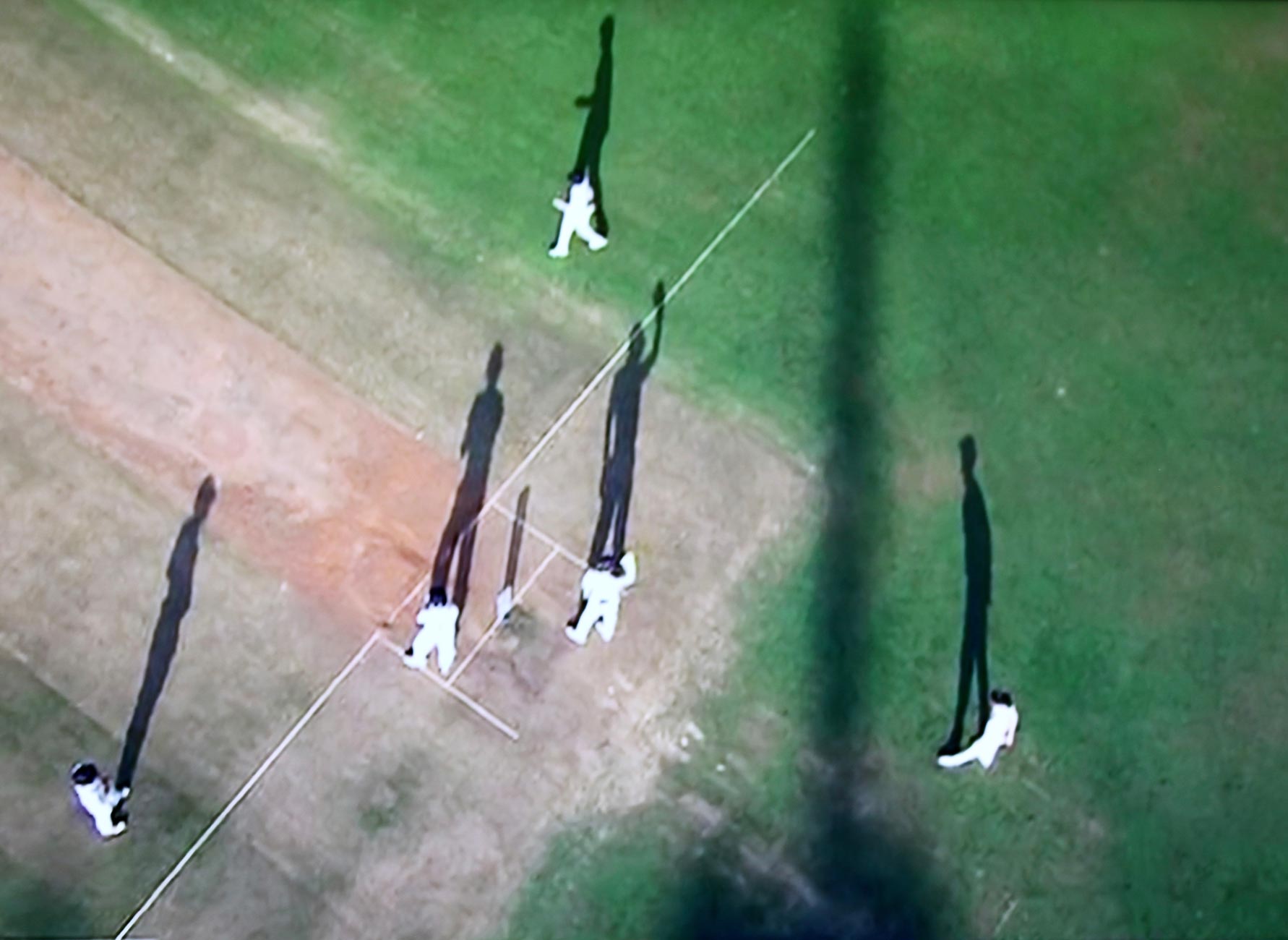


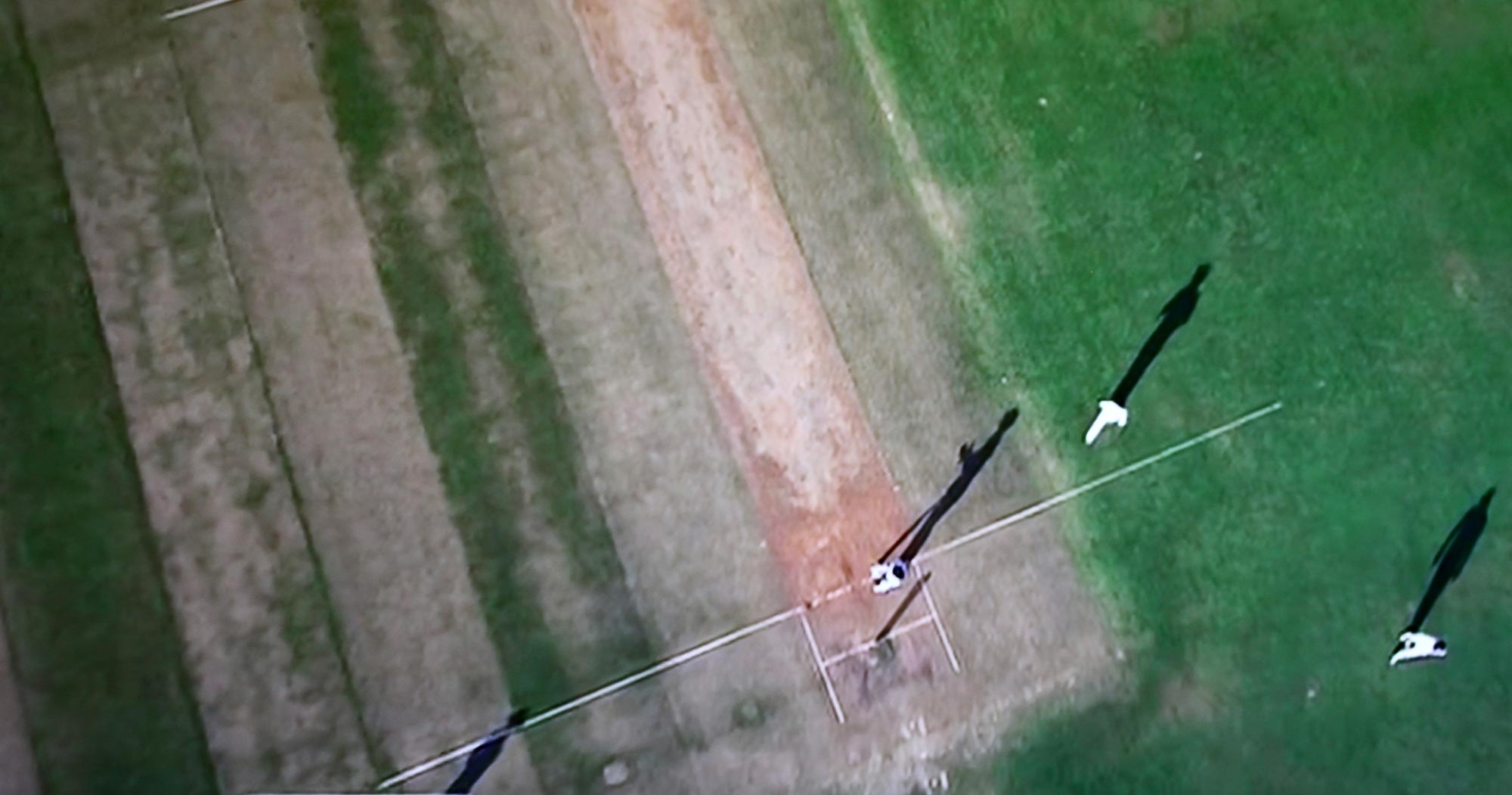
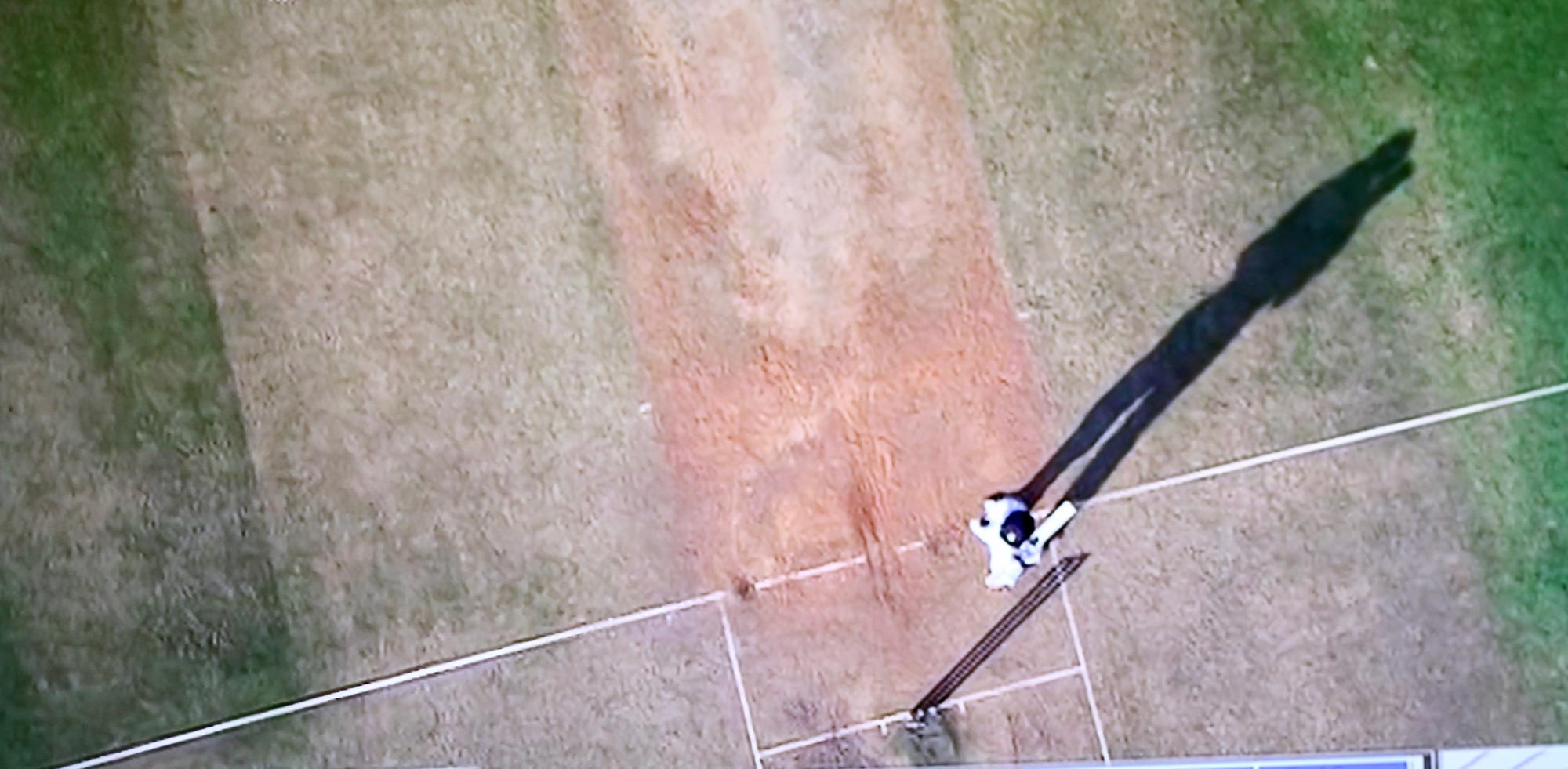

As the evening gradually draws to a close, long shadows have a game of their own.
I have become so carried away with trying to explain some of the aspects of our summer game that I have no time to do the same for the rugby. This will follow tomorrow.
This evening we dined on thick bacon chunks, flavoursome pork chipolatas, piquant cauliflower cheese, chestnut mushrooms, creamy mashed potatoes, crunchy carrots and tender cabbage. The Culinary Queen finished the Sauvignon Blanc and I finished the Macon.



